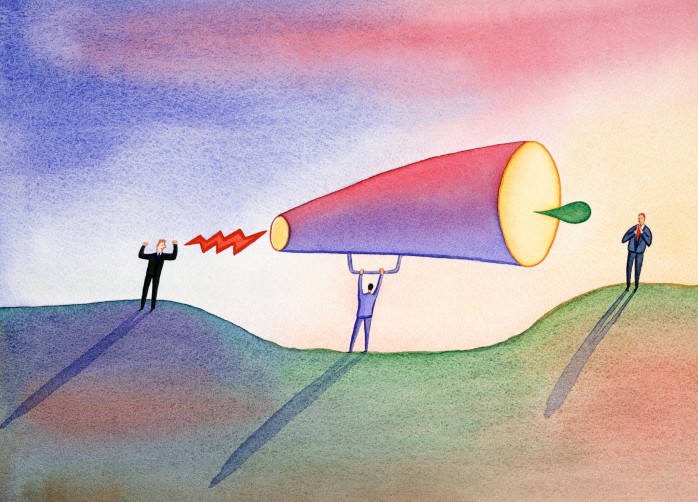“We are told, in chapter 11 of Genesis, that once “the whole earth was of one language, and of one speech”. In the aftermath of Noah’s flood, the survivors decided to celebrate their lucky escape in a time-honoured way: with triumphal architecture. “Let us build us a city, and a tower, whose top may reach even to heaven” is how the Bible expresses this aspiration. “Let us make us a name,” said the children of Noah, “lest we be scattered abroad upon the face of the whole earth”.
Fat chance. According to the Old Testament, mankind’s urge to find a common purpose does not appeal to the Almighty. So the idea that men and women should be like gods was a non-starter, and the name of the doomed project was called Babel. As the King James version has it, “the Lord did there confound the language of all the Earth”. For good measure, he scattered the differently speaking peoples across the globe.
At the beginning of the 21st century, the world remains a patchwork of more than 5,000 separate and competing languages. But for those who still dream of the restoration of a universal language, the outlook has rarely been brighter: 2011 has been an extraordinary year for the art of translation. Could the tower of Babel actually be rebuilt?
Many language scholars now accept philosopher Noam Chomsky’s ground-breaking perception that, notwithstanding mutually unintelligible vocabularies, “Earthlings speak a single language” – an observation Chomsky claimed would be evident to a isiting Martian. For a variety of reasons, we are perhaps closer than ever to making it intelligible.
Through the power of global media, there is more than ever before a market for literature in translation where the default language for such translations will be British or American English. Such versions may sometimes bear as much resemblance to the original as the wrong side of a Turkish carpet, but that hardly seems to lessen their appeal.
Lately in the US the appetite for “foreign fiction” – Stieg Larsson’s Millennium trilogy or Haruki Murakami’s 1Q84 – has sponsored a trend that has inspired new audiences for international literary superstars such as Umberto Eco, Roberto Bolaño and Péter Nádas. Perhaps not since the 1980s, when the novels of Milan Kundera, Gabriel García Márquez and Mario Vargas Llosa became international bestsellers, has there been such a drive to bring fiction in translation into the literary marketplace.
In prose, if not in poetry, there are few worries about the “vanity of translation” identified by Shelley, who wrote that “it were as wise to cast a violet into a crucible that you might discover the formal principle of its colour and odour, as to seek to transfuse from one language to another the creations of a poet”.
New editions of Tolstoy’s War and Peace, Flaubert’s Madame Bovary and Proust’s A la Recherche du Temps Perdu have pushed overworked translators – a shy breed – into the spotlight. David Bellos, whose new book, Is That A Fish In Your Ear? Translation and the Meaning of Everything was published this autumn, observes that, in Japan for instance, “translators are rock stars” with their own book of celebrity gossip, The Lives of the Translators 101.”
To read more: www.guardian.co.uk/science/2011/nov/27/translation-creating-global-language?INTCMP=SRCH

